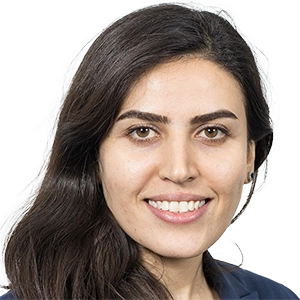Self-Supervised Learning and Self-Labeling Framework for Glaucoma Detection
MCML Authors
Abstract
Abstract
Purpose: Self-supervised learning methods have made a significant impact in recent years on different domains, such as natural language processing and computer vision. Here, we develop a new self-supervised framework for simultaneous retina image clustering and self-supervised representation learning to enhance the diagnosis of glaucoma.<br>Methods: The network is optimized using both a contrastive self-supervised network and a clustering network that clustering helps to improve the embedding representation. Our method comprises two parallel deep networks; 1) a representation network which is a self-supervised contrastive representation network that takes two augmented views of the retina image, and 2) an image clustering or self-labeling network that takes original retina images. The representation network first projects the augmented views onto an embedding space. Then it processes these representations in a multi-layer perceptron head, which generates the baseline for the pair-wise contrastive objective. On the other hand, the clustering network performs KL divergence on the top embedding layer of the representation network.<br>Results: We train our framework for simultaneous representation learning and self-labeling using a clustering network. We follow standard protocols by self-supervised learning for empirical analysis and evaluate the learned representation of our model by classification (Table 1), as well as image clustering tasks (Table 2) on two different Glaucoma datasets. According to the result shown in Table 1, our method improves the results of Glaucoma classification by up to 14%, better compared to SOTA self-supervised algorithm in terms of F1 score and 2% better for the task of clustering. Glaucoma-1 is composed of the labeled subset of the human retinal images used in [1]. This dataset contains 2,397 images in total, with 956 glaucoma diagnoses. While the training set for Glaucoma-2 [2] was released by the REFUGE-2 challenge.<br>Conclusions: We showed that combining self-supervised representation learning along with self-labeling improves the learned representation compared to the existing self-supervised learning models on retina-based glaucoma detection by up to 14% better. Moreover, our method outperformed other self-supervised methods for image clustering tasks.
article RVE+23
Investigative Ophthalmology and Visual Science
64.8. Jun. 2023.Authors
M. Rezaei • A. Vahidi • B. Bischl • T. Elze • M. EslamiLinks
URLResearch Area
BibTeXKey: RVE+23


